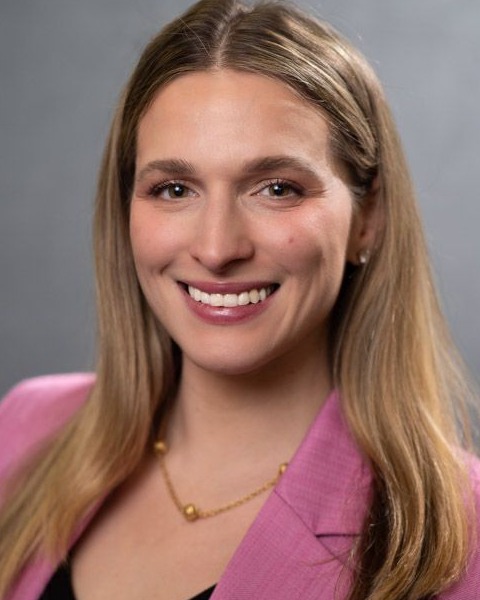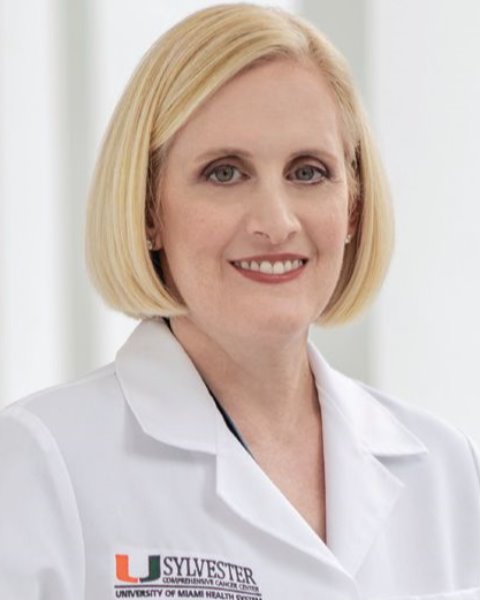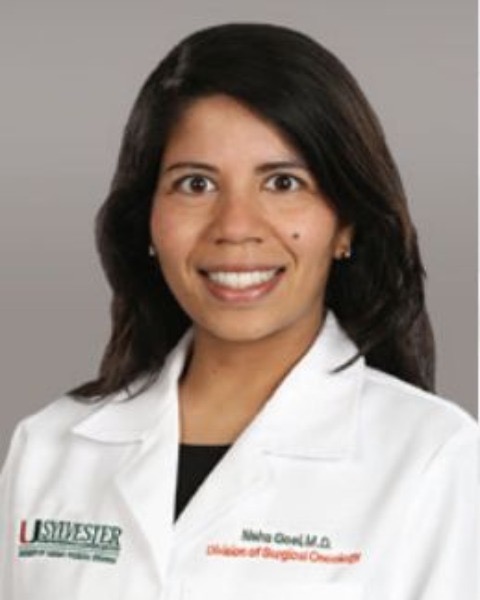Disparities in Surgical Oncologic Care
E128: Neighborhood Disadvantage and the Protective Effects of Ethnic Enclaves in Breast Cancer

Alexandra E. Hernandez, MD, MPH
Research fellow
University of Miami
Miami, Florida, United States
Alexandra E. Hernandez, MD, MPH
Research fellow
University of Miami
Miami, Florida, United States
Alexandra E. Hernandez, MD, MPH
Research fellow
University of Miami
Miami, Florida, United States- LN
Lauren Nahodyl, MS
Biostatistician
University of Miami, United States - MR
Molly Ream, MS
Doctoral Student
Sylvester Comprehensive Cancer Center, University of Miami Health System, United States - KR
Kristin Rojas, M.D.
Assistant Professor of Surgery
Dewitt Daughtry Department of Surgery, University of Miami, Miami, Florida, United States 
Susan B. B. Kesmodel, MD, FACS
Professor of Surgery
Department of Surgery, Division of Surgical Oncology, University of Miami Miller School of Medicine, Miami, Florida, USA
Miami, Florida, United States- RB
Raymond Balise, PhD
Associate Professor
University of Miami, Miller School of Medicine, United States - MA
Michael Antoni, PhD
Professor
Sylvester Comprehensive Cancer Center, University of Miami Health System, United States 
Neha Goel, MD, MPH
Associate Professor of Surgery
Dewitt Daughtry Department of Surgery, University of Miami, Miami, Florida; Sylvester Comprehensive Cancer Center, Miami, FL
Miami, Florida, United States
ePoster Abstract Author(s)
Submitter(s)
Author(s)
Neighborhood disadvantage has been associated with poor breast cancer outcomes such as later stage at diagnosis and shorter overall and cancer-specific survival. Because neighborhood disadvantage is a result of structural racism, minority populations tend to live in areas of greater disadvantage compared to Non-Hispanic White patients. Ethnic enclaves, or areas with higher densities of a specific ethnic group, may be protective against certain cancer outcomes. The objective of our study was to evaluate the role that ethnic enclaves play on the relationship between neighborhood disadvantage and breast cancer specific survival (BCSS) in a majority Hispanic population.
Methods:
This retrospective multi-institutional study included breast cancer (BC) patients with stage I-IV disease from 2005-2017. Patient addresses were used to link Area Deprivation Index (ADI) scores, a validated measure of neighborhood disadvantage. Ethnic enclaves were characterized by census tract level Hispanic density. Both measures were categorized into tertiles (T1-T3). Multiple mixed-effects Cox regression models for BCSS were performed.
Results:
5,027 female BC patients were included. 55.5% Hispanic, 27.0% non-Hispanic White (NHW), and 17.5% non-Hispanic Black (NHB). Women living in the most disadvantaged neighborhoods (T3) had shorter BCSS compared to those living in the most advantaged neighborhoods (T1). Hispanic density alone did not significantly predict survival. On the unadjusted model, the interaction between Hispanic density and ADI revealed that those living in the most disadvantaged neighborhoods (T3) with the highest Hispanic density (T3) had decreased mortality (HR 0.47 (95% CI 0.28-0.78), p=0.003). On the adjusted model controlling for age, income, race, Spanish origin, and nativity, these results remained significant (HR 0.58 (95% CI 0.34-0.98), p</span>=.039). Hispanic ethnic enclaves may be protective against breast cancer-specific mortality, suggesting that positive social factors may help combat the negative effects of neighborhood disadvantage on patients. Understanding the protective attributes of ethnic enclaves can help create effective cancer interventions and promote more equitable outcomes in minority populations.
Conclusions: Learning Objectives:
